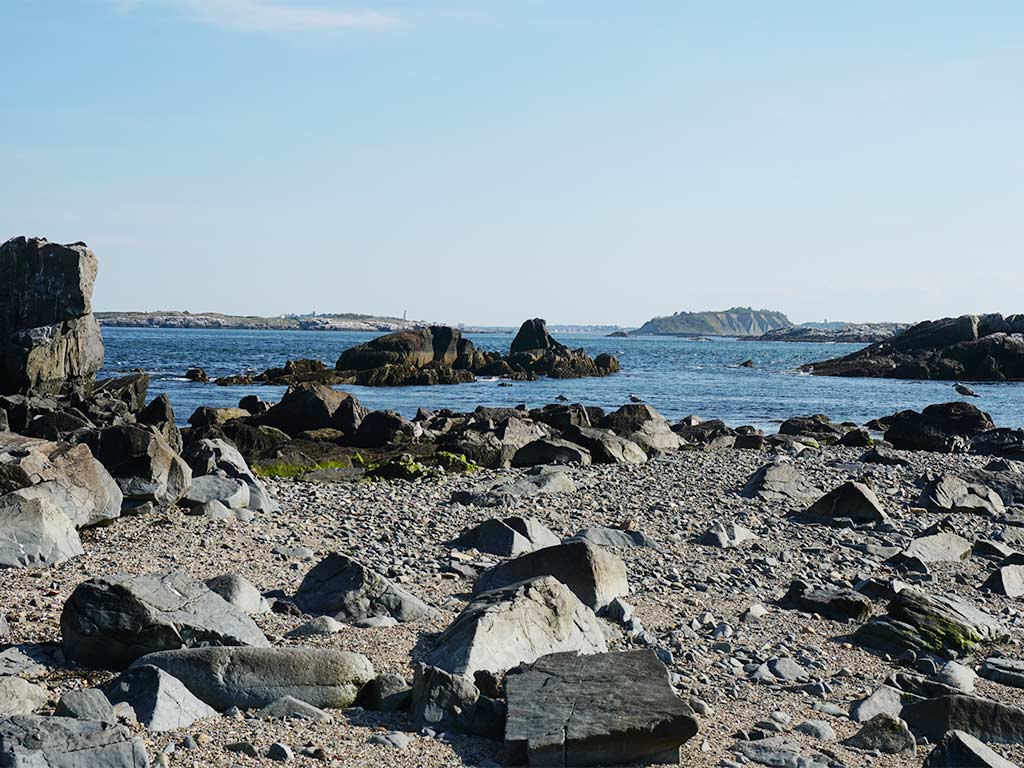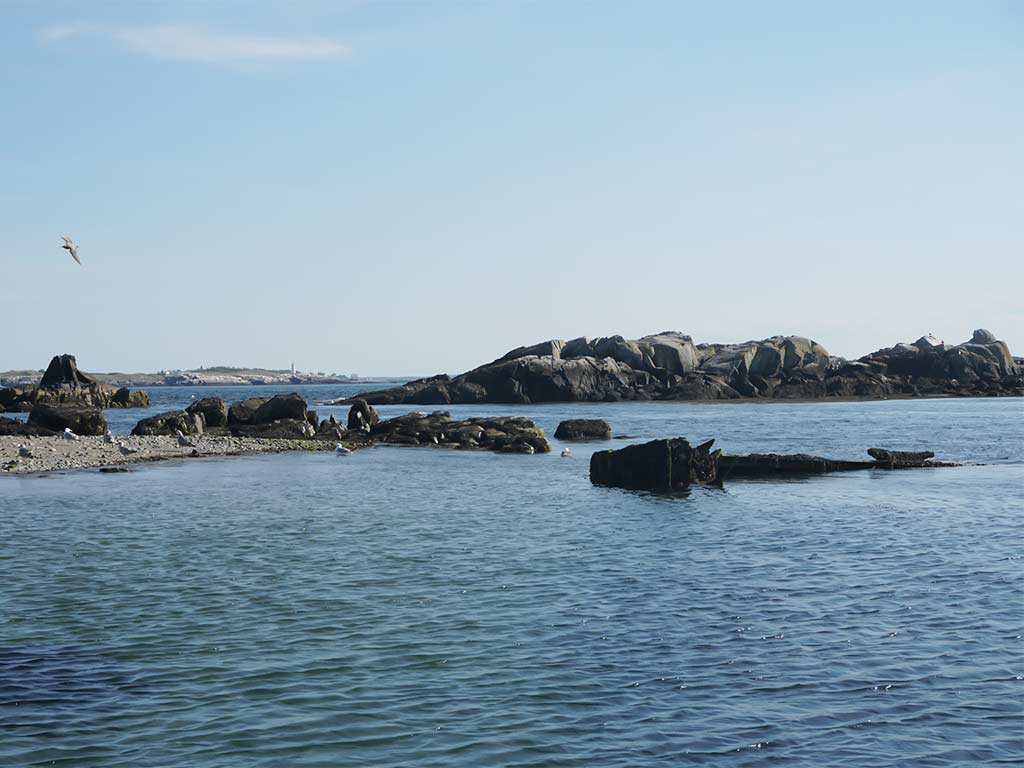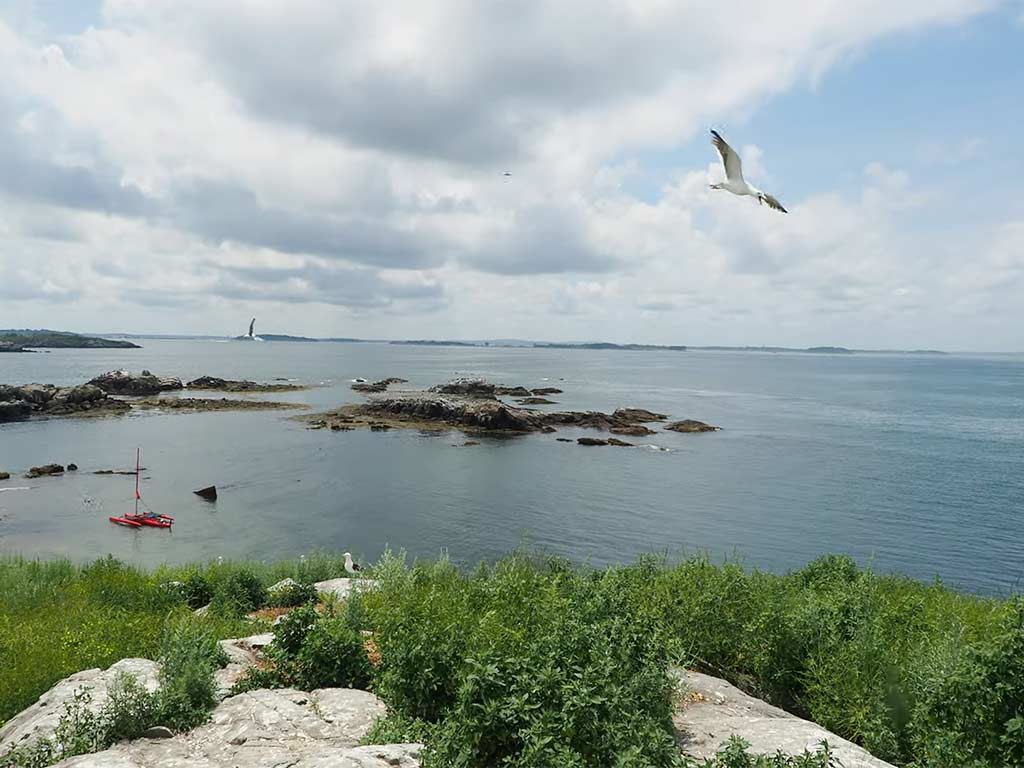If you’re curious about the rich historical tapestry of Worcester’s Green Island, you’re in for a fascinating journey. Green Island, nestled within the heart of Worcester, has been a hub of community spirit and resilience for decades.
From its humble beginnings in the early 19th century to its vibrant present-day identity, Green Island’s history is a testament to the unwavering dedication of individuals like Lorraine, who tirelessly worked to uplift their neighborhood.
Exploring the historical milestones of Green Island unveils a story of perseverance, culture, and community collaboration.
Through the lens of time, you’ll witness how this neighborhood evolved into a thriving community, shaped by the dedication of individuals like Lorraine and the collective efforts of its residents.
Join us as we delve into the captivating narrative of Green Island’s past, celebrating the legacy of those who dedicated their lives to its betterment.
The Origins of Green Island

Green Island in Worcester has a rich history that dates back to the early 19th century. Initially a residential area predominantly inhabited by Irish immigrants drawn to the neighborhood due to its proximity to the Blackstone Canal, Green Island soon evolved into a bustling industrial hub with factories and mills springing up along its waterfront.
With the construction of the Blackstone Canal in the 1820s, Green Island became a vital center for transportation and trade, connecting Worcester to Providence, Rhode Island.
The canal facilitated the movement of goods, primarily raw materials and manufactured products, contributing to the economic growth of the region.
Over the years, Green Island witnessed significant growth and transformation, becoming home to a diverse community of residents and businesses.
Its strategic location and access to waterways made it an attractive site for industrial development, leading to the establishment of textile mills, foundries, and other manufacturing facilities in the area.
The neighborhood’s history is intertwined with the industrial revolution, symbolizing the spirit of innovation and resilience that defined Worcester during that era.
As industries flourished, Green Island flourished, attracting workers seeking employment opportunities and contributing to the vibrant tapestry of the community.
Key Historical Events

Green Island, located in Worcester, Massachusetts, has a rich history intertwined with the city’s development.
Here are some key historical events:
Industrial Growth and Decline
Green Island’s history is closely intertwined with industrial growth and subsequent decline. In the early 19th century, the neighborhood experienced a boom in industrial development, becoming a vital center for manufacturing and trade.
The construction of the Blackstone Canal facilitated transportation, connecting Green Island to Providence, RI, and enhancing its role in commerce.
However, as the 20th century progressed, Green Island faced economic challenges and witnessed a decline in its industrial prominence.
Factors such as changing industries and economic shifts led to the closure of many factories and mills, impacting the neighborhood’s economy and community.
The Impact of Kelley Square Improvement
Kelley Square, a landmark within Green Island, underwent significant improvements over the years, shaping the neighborhood’s landscape and connectivity.
The renovation and enhancement of Kelley Square aimed to address traffic congestion and enhance safety for both pedestrians and motorists.
The revitalization of Kelley Square played a crucial role in transforming Green Island, contributing to improved infrastructure and accessibility.
These efforts not only modernized the area but also revitalized the neighborhood, reinvigorating its potential for growth and development in the future.
Green Island’s Cultural Landscape

Understand Green Island by exploring its rich cultural landscape that has evolved over centuries, shaping the vibrant community it is today.
Ethnic Diversity and Immigration
Discover the roots of Green Island’s ethnic diversity, tracing back to the early 19th century when the neighborhood served as a residential hub for Irish immigrants attracted by the Blackstone Canal.
This influx of Irish immigrants brought a unique cultural flavor to the area, laying the foundation for the diverse community that thrives in Green Island today.
Contributions to Worcester’s Culture
Delve into the significant contributions that Green Island has made to Worcester’s cultural tapestry. As an industrial center, Green Island played a pivotal role in transportation and trade between Worcester and Providence, Rhode Island.
Despite facing economic challenges and a decline in industrial prominence during the 20th century, Green Island’s cultural heritage remains an integral part of Worcester’s identity, showcasing a story of resilience and community spirit.
Urban Renewal and Development
Urban renewal and development have played a significant role in shaping Green Island’s landscape and community dynamics.
Here are some key points regarding this aspect of its history:
Polar Park and the Canal District
Polar Park, an 86-90 million dollar state-of-the-art ballpark in Worcester designed to host the Worcester Red Sox, has brought significant urban renewal to the Canal District.
The construction project not only includes the ballpark but also entails major renovations across the district, including the Wyman-Gordon Parcel and Kelley Square.
With a capacity to accommodate 10,000 patrons, Polar Park stands as a beacon of development, covering an expansive 18 acres of land.
Furthermore, the entire construction endeavor commenced with a groundbreaking ceremony in July 2019 and is anticipated to conclude by March 2021.
Upon completion, the site will boast 125 year-round events, 250 new market-rate apartments, and two new hotels offering a total of 260 rooms. Among these, a boutique hotel overlooking the park will add a unique charm to the neighborhood.
The development plan extends beyond residential and hospitality additions. It encompasses 65,000 square feet of new retail and restaurant spaces, offering a vibrant commercial hub for both residents and visitors alike.
Moreover, infrastructure improvements, such as enhancements to streets, sidewalks, and lighting, are part of the comprehensive urban renewal initiative.
A new 350-500 space municipal parking garage will also be introduced to cater to the growing needs of the district, ensuring both convenience and accessibility for all.
Modern Challenges and Opportunities
As Worcester’s Green Island undergoes significant urban renewal and development projects like Polar Park, it faces a combination of modern challenges and opportunities.
The neighborhood, known for its historical significance and cultural heritage, grapples with the delicate balance between preserving its past and embracing the future.
One particular challenge arises from the tensions between long-term residents and new developments.
For instance, the potential construction of multistory apartment buildings with ground-floor commercial spaces in a neighborhood dominated by traditional threedeckers has sparked concerns among residents about the changing landscape and the looming threats of gentrification.
However, amid these challenges lie opportunities for growth and community revitalization. The infusion of new residential, commercial, and recreational spaces presents a chance to enhance the neighborhood’s vibrancy and economic prosperity.
By leveraging the diverse cultural fabric and historical assets of Green Island, the community can navigate these challenges into opportunities for sustainable development and inclusivity.
The redevelopment of Green Island symbolizes a pivotal moment in Worcester’s urban landscape, where the preservation of history intertwines with the promise of a more dynamic and resilient future.
It is a testament to the city’s adaptability and commitment to fostering a thriving community rooted in its rich cultural heritage.
Frequently Asked Questions
What is the historical significance of Worcester’s Green Island?
Green Island holds a rich history as a residential area for Irish immigrants in the 19th century due to the Blackstone Canal. It later became an industrial hub connecting Worcester and Providence. Despite facing economic challenges, it maintained a thriving cultural landscape.
What impact does Polar Park have on Green Island?
Polar Park, an 86-90 million dollar ballpark for the Worcester Red Sox, is reviving urban renewal in Green Island’s Canal District. The project integrates renovations, new residential and hospitality additions, retail spaces, and infrastructure improvements.
What modern challenges and opportunities arise from the development in Green Island?
Development in Green Island brings modern challenges like concerns about gentrification. However, it also offers opportunities for growth and community revitalization by leveraging the area’s rich cultural heritage.
Conclusion
Embracing its rich history while looking towards the future, Green Island in Worcester stands as a testament to resilience and evolution.
From its humble beginnings as an Irish immigrant enclave to its transformation into an industrial center, the neighborhood has weathered economic shifts while preserving its cultural essence.
The revitalization efforts, spearheaded by projects like Polar Park, signify a new chapter for Green Island, blending modernity with tradition.
As Worcester continues to grow and adapt, the community remains steadfast in honoring its roots and embracing change.
The journey of Green Island encapsulates a narrative of progress, community spirit, and a commitment to preserving its historical significance in the midst of transformation.
Jaclyn Lowe